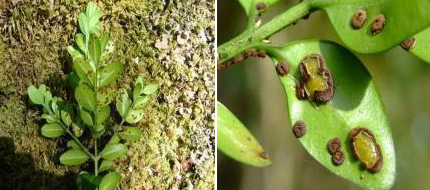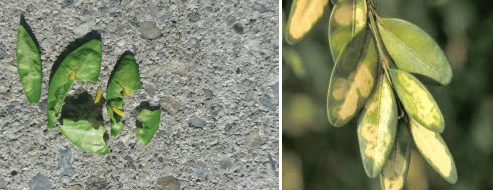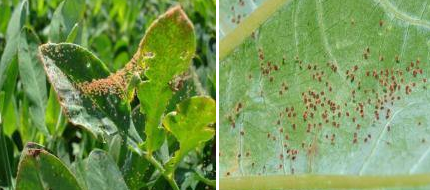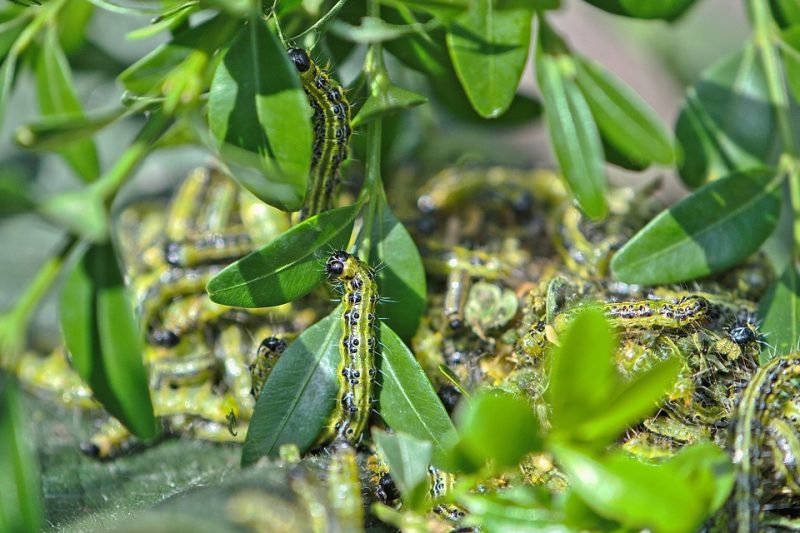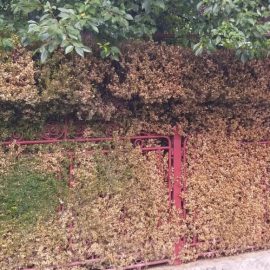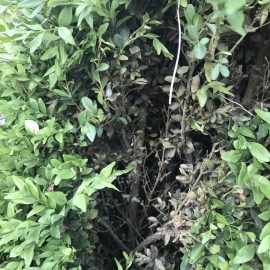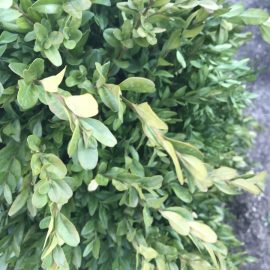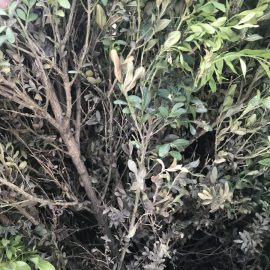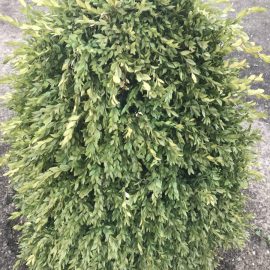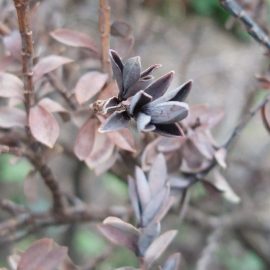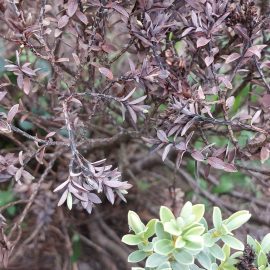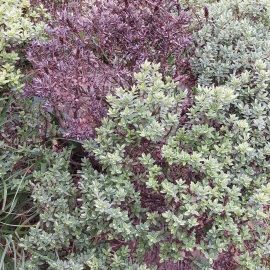Boxwood, pest and disease control
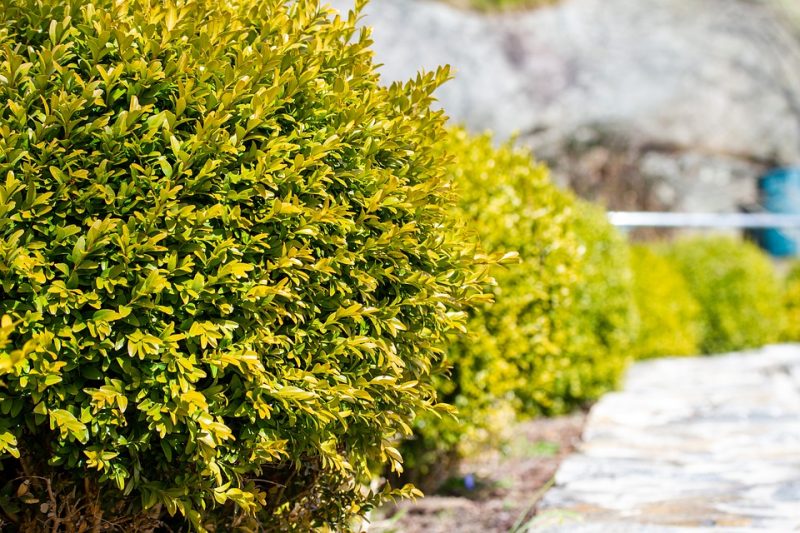
Rust (Puccinia buxi)
Symptoms. The attack manifests on all the above-ground organs of the boxwood shrub (leaves, young branches). In spring, yellow spots appear on the attacked leaves, and parallel to them, on the underside, small circular, orange swellings appear.
Control. It is recommended to remove the affected shoots, to gather and burn the diseased leaves, as well as perform fungicide treatments.
Recommended products
-
You can find products on a different store
Change Store -
You can find products on a different store
Change Store -
You can find products on a different store
Change Store -
You can find products on a different store
Change Store -
You can find products on a different store
Change Store -
You can find products on a different store
Change Store -
You can find products on a different store
Change Store -
You can find products on a different store
Change Store -
You can find products on a different store
Change Store -
You can find products on a different store
Change Store -
You can find products on a different store
Change Store -
You can find products on a different store
Change Store -
You can find products on a different store
Change Store -
You can find products on a different store
Change Store -
You can find products on a different store
Change Store -
You can find products on a different store
Change Store -
You can find products on a different store
Change Store -
You can find products on a different store
Change Store -
You can find products on a different store
Change Store -
You can find products on a different store
Change Store -
You can find products on a different store
Change Store -
You can find products on a different store
Change Store -
You can find products on a different store
Change Store -
You can find products on a different store
Change Store
Leaf-miner (Monarthropalpus flavus)
It is one of the most dangerous pests that attack the boxwood.
Description. The eggs are white, almost transparent. From them hatch yellow larvae, 3 mm long. Adults are yellow-orange and small in size.
Attack. In spring, the female lays eggs on the underside of the leaves. After 14-21 days, the larvae appear, which feed on the mesophyll of the leaf (the area between the upper and lower epidermis), causing blisters on its underside. The attacked leaves turn yellow and in time, they fall.
Control. It is recommended to carry out treatments with insecticides.
Recommended products
-
You can find products on a different store
Change Store -
You can find products on a different store
Change Store -
You can find products on a different store
Change Store -
You can find products on a different store
Change Store -
You can find products on a different store
Change Store -
You can find products on a different store
Change Store -
You can find products on a different store
Change Store -
You can find products on a different store
Change Store -
You can find products on a different store
Change Store -
You can find products on a different store
Change Store -
You can find products on a different store
Change Store -
You can find products on a different store
Change Store -
You can find products on a different store
Change Store -
You can find products on a different store
Change Store -
You can find products on a different store
Change Store -
You can find products on a different store
Change Store -
You can find products on a different store
Change Store -
You can find products on a different store
Change Store -
You can find products on a different store
Change Store -
You can find products on a different store
Change Store -
You can find products on a different store
Change Store -
You can find products on a different store
Change Store -
You can find products on a different store
Change Store -
You can find products on a different store
Change Store
The red spider mite (Tetranychus urticae)
Description. Females are red, and males are lighter-colored. The spider overwinters as an adult, while in spring females lay eggs on the underside of the leaf.
Attack. The red spider mite causes damage (while in larva, nymph, adult stage). It stings the plant organs and sucks the intracellular fluid. In the first phase, the red spider mite populates only the underside of the leaves, but as the attack becomes more severe, it extends to the topside. After the attack, the leaves turn yellow and then dry.
Control. It is recommended to carry out insecticide treatments.
Recommended products
-
You can find products on a different store
Change Store -
You can find products on a different store
Change Store -
You can find products on a different store
Change Store -
You can find products on a different store
Change Store -
You can find products on a different store
Change Store -
You can find products on a different store
Change Store -
You can find products on a different store
Change Store -
You can find products on a different store
Change Store -
You can find products on a different store
Change Store -
You can find products on a different store
Change Store -
You can find products on a different store
Change Store -
You can find products on a different store
Change Store -
You can find products on a different store
Change Store -
You can find products on a different store
Change Store -
You can find products on a different store
Change Store -
You can find products on a different store
Change Store -
You can find products on a different store
Change Store -
You can find products on a different store
Change Store -
You can find products on a different store
Change Store -
You can find products on a different store
Change Store -
You can find products on a different store
Change Store -
You can find products on a different store
Change Store -
You can find products on a different store
Change Store -
You can find products on a different store
Change Store
Woolly apple aphid
Description. The woolly apple aphid has a brownish color during all its stages of evolution and is covered by a whitish felt.
Attack. It feeds on the sap of the boxwood plants. It stings and sucks the intracellular fluid from the stems, branches, shoots, but not from the leaves. A whitish secretion appears on the attacked organs, known as the “honeydew”, which is specific to this pest. In addition, the presence of these pests favors the appearance of sooty mold (Capnodium salicinum). It manifests as a black, unsightly film on the surface of the leaves, preventing the efficient realization of the photosynthesis process.
Control. It is recommended to carry out insecticide treatments.
Boxwood caterpillar (Cydalima perspectalis)
The damage is caused by the larvae that consume the leaves and, depending on the intensity of the attack, they can even cause the total defoliation of the plant. For more information, click here.
Recommended products
-
You can find products on a different store
Change Store -
You can find products on a different store
Change Store -
You can find products on a different store
Change Store -
You can find products on a different store
Change Store -
You can find products on a different store
Change Store -
You can find products on a different store
Change Store -
You can find products on a different store
Change Store -
You can find products on a different store
Change Store -
You can find products on a different store
Change Store -
You can find products on a different store
Change Store -
You can find products on a different store
Change Store -
You can find products on a different store
Change Store -
You can find products on a different store
Change Store -
You can find products on a different store
Change Store -
You can find products on a different store
Change Store -
You can find products on a different store
Change Store -
You can find products on a different store
Change Store -
You can find products on a different store
Change Store -
You can find products on a different store
Change Store -
You can find products on a different store
Change Store -
You can find products on a different store
Change Store -
You can find products on a different store
Change Store -
You can find products on a different store
Change Store -
You can find products on a different store
Change Store














































































































































































































































































































































































































































